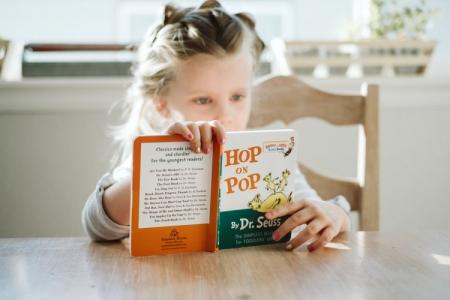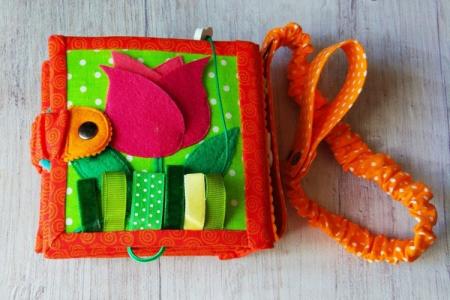
Sooner or later, every parent is faced with the problem of how to quickly learn the multiplication table. My own memories of this period are already rather blurry, but still not very pleasant. You need to somehow intrigue the child, make this process really fun and understandable. Do you think this is fantastic? We disagree!
1. Pythagoras table instead of standard
We are talking about the way of writing the table, and from this point of view, Pythagoras wins unconditionally. Instead of a series of incoherent lines like "2x3 = 6", the Pythagorean table is assembled into a square. You need to choose one multiplier on the left, and the second on the top, and find their intersection point. The more visually demonstrative material, the better the children learn it.

2. Permutation of factors
Explain to your child as early as possible that rearranging the factors does not change the result. For the first time, the new volume of information shocks and demotivates the child. But if you understand that in fact you will have to learn much less there - it invigorates well!

3. Counting sticks
Numbers written on paper are abstract and not very clear matter for a child. Let him operate with what he can touch and expand on his own. You will see how much easier it is to learn that from two piles of three sticks you get six sticks, than just to memorize an example from the back of a notebook.

4. Counting cells
Sticks and toys are handy when it comes to small numbers. But even 5x5 in this format is already turning into a mess and chaos of things. Then the cells that need to be painted over come to the rescue. Let the child count down from one point five cells down and five to the right, and then paint over the whole square. By the way, it is from this technique that it is most convenient to switch to the Pythagorean square.
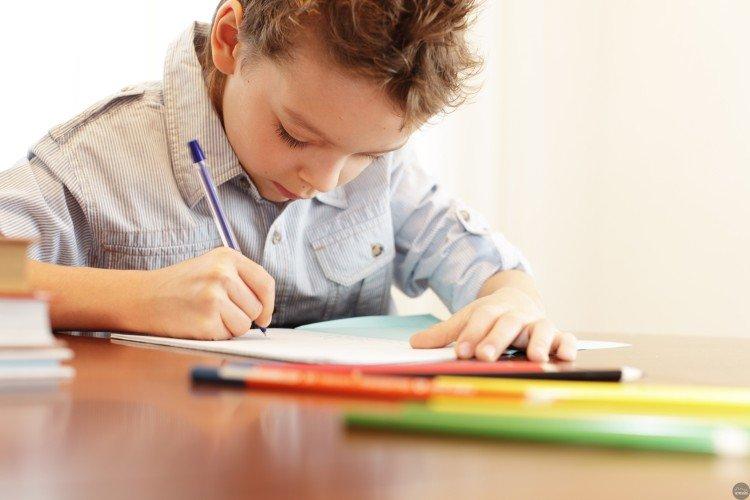
5. Poems and songs
Funny rhymed lines are always better remembered. The rules for learning languages for children are based on this principle. And in mathematics, it can also be used, so pick up cute rhymes on the Internet or write them together with your child. It is also a great exercise for developing fantasy, imagination and creativity.

6. Cards
In what subjects only do they not use cards with bright pictures and large inscriptions. The main thing is that they are really interesting and like the child - and then he will build associative connections much faster and memorize the rules.
In the process, it is convenient to put aside those cards that the child does not cope with the first time, so that later they can be repeated separately. In the future, using the same cards, it will be possible to learn division.
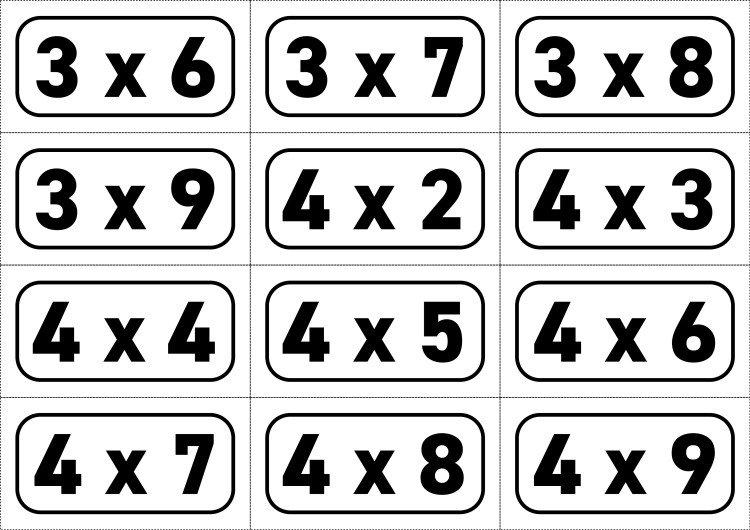
7. Games and applications
From early childhood, children are already more professional than their parents in handling smartphones and tablets. There are many applications now that allow you to practice your score as a game. This may be a more familiar and understandable form for today's preschoolers and elementary school students.

8. Regularity for the five
To multiply by 5, you just need to add five each time. It is convenient to consider this even for the youngest mathematicians. Deal with the child in even and odd numbers, and say that multiplying 5 by even always gives the result by 0, and by odd - by 5.

9. Regularity for the nine
There are problems with the nine, because you have to operate with large numbers. But there is a funny pattern: if you write down all the equations in order from 9x1 to 9x10, you can find a sequence of the first and last digits of the answers. The former go up from 0, and the latter go down from 9.
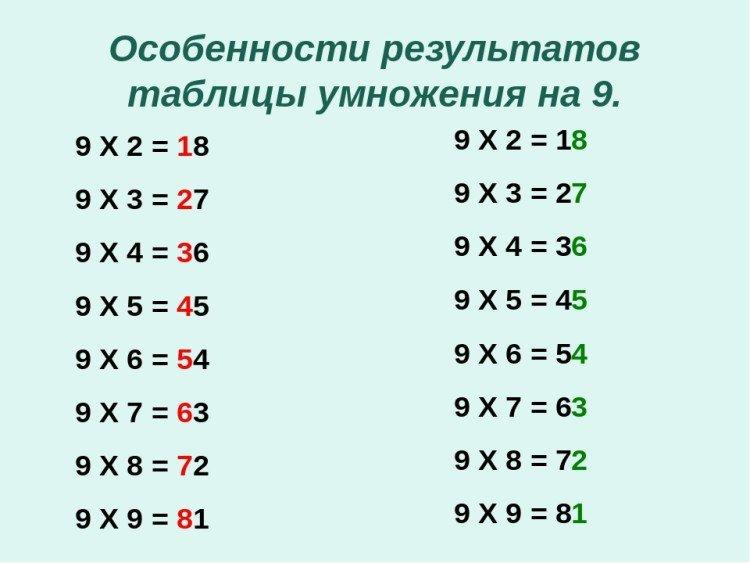
10. Fingers
The finger principle is another way to deal with the problematic nine. If you put both palms on the table and bend any finger, then the number of fingers corresponds to the digits of the answer when multiplying the raised number by 9.For example, if you bend the 6th finger, 5 remains before it, and after it - 4, total - 6x9 = 54.


